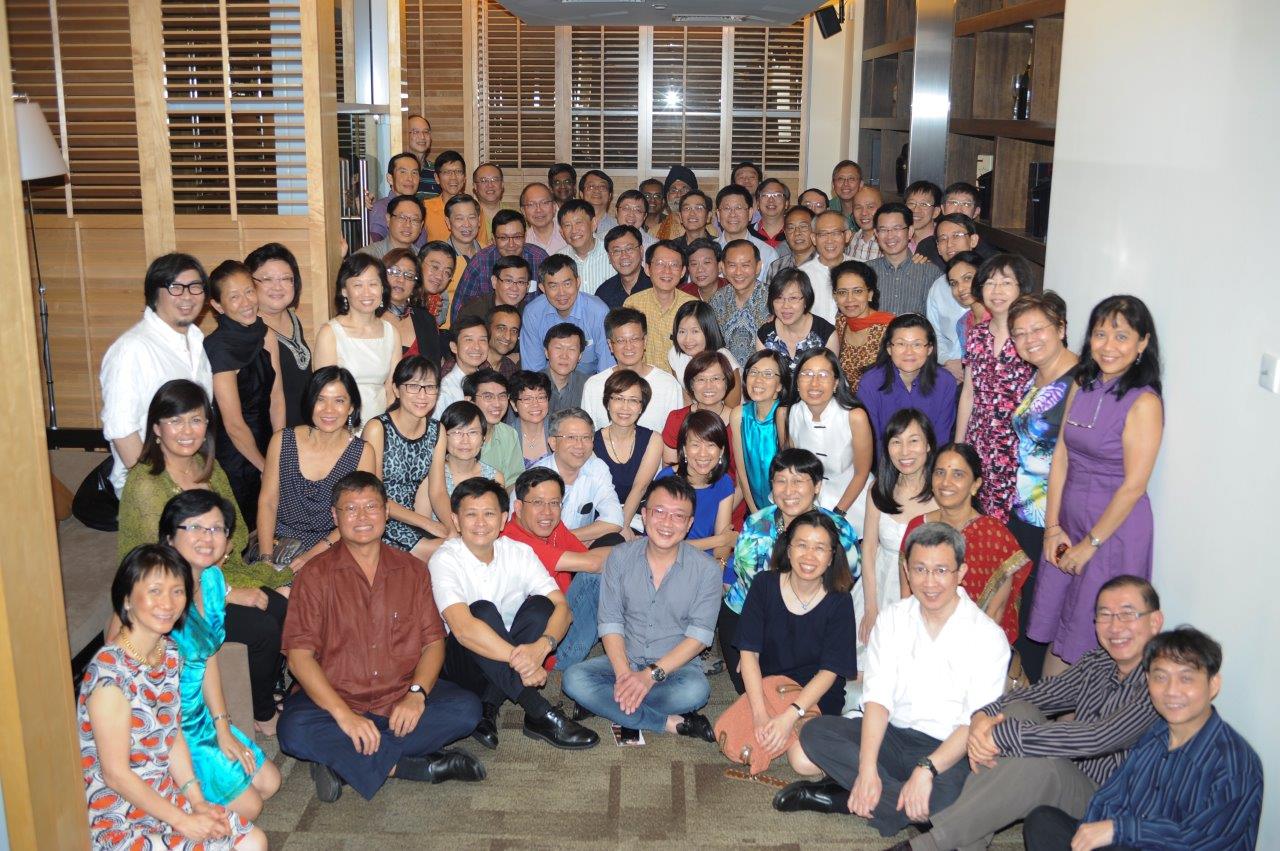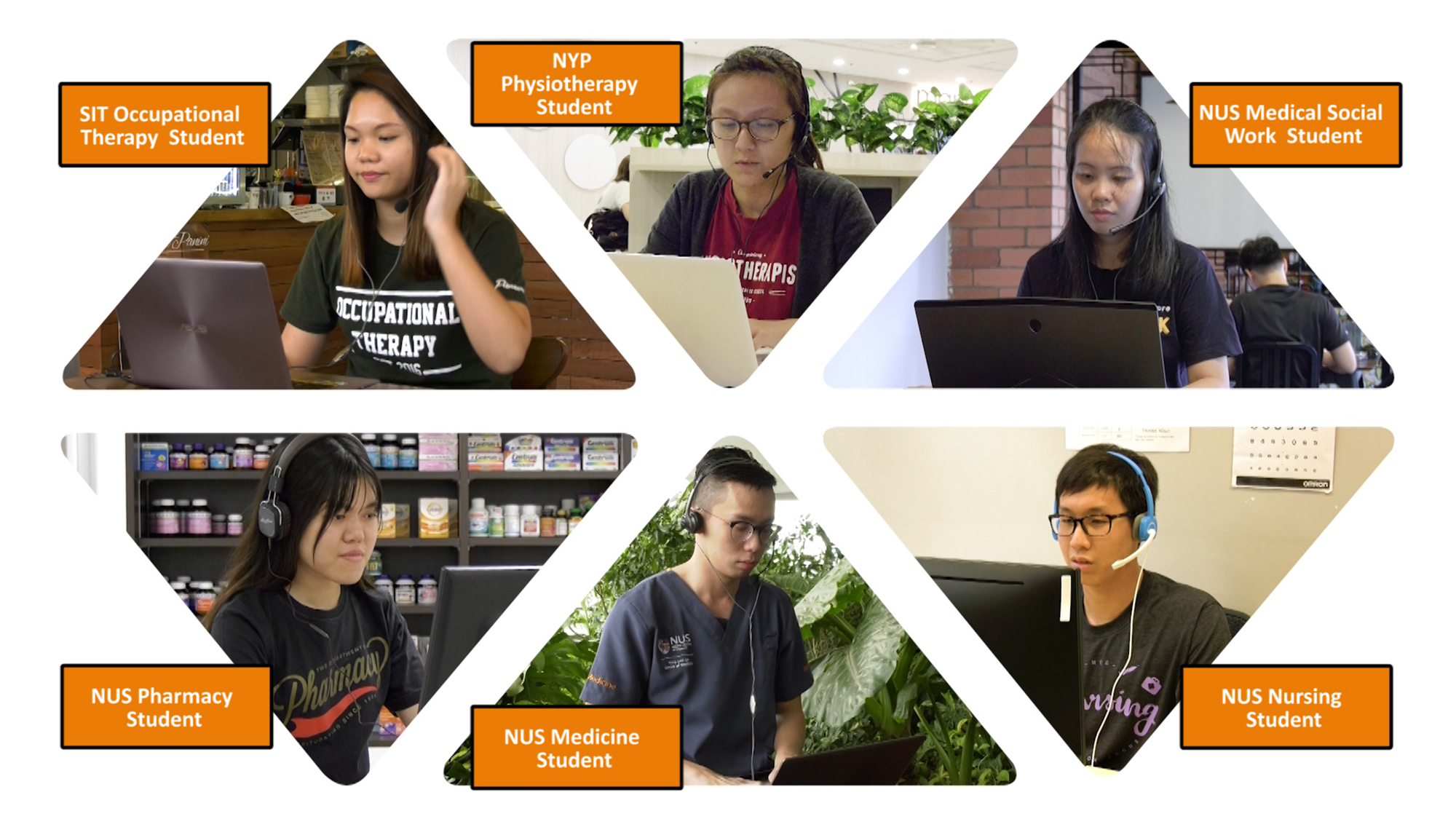3D Virtual Worlds a Promising Tool for Inter-Professional Education

Healthcare students’ avatars with their patient in a virtual hospital ward.
Educators across three institutions of higher learning (National University of Singapore, Nanyang Polytechnic and Singapore Institute of Technology) have implemented and evaluated a novel way to train healthcare students from different disciplines together.
Using a research grant from the Singapore Millennium Foundation, Associate Professor Liaw Sok Ying from NUS Alice Lee Centre for Nursing Studies led a team of educators, clinical experts and computer technologists to create a virtual world online where healthcare students can interact with one another and their “patients” using life-like, animated avatars.
From October to December last year, she pilot-tested the virtual simulation programme – dubbed CREATIVE – on six teams of final year healthcare students from the three tertiary institutions. They included medical, nursing, physiotherapy, occupational therapy, pharmacy and social work students from NUS, the Singapore Institute of Technology and Nanyang Polytechnic.
Learning to work as a team, virtually
Grouped into teams of six each, the students were directed to take on multi-disciplinary bedside rounds in a virtual hospital and handle care planning, which allowed them to communicate amongst themselves, and with the “patient” and his family.
Applying an experiential learning approach, the teams role-played the scenarios related to multi-disciplinary team care. This was followed by a team debrief to allow the students to reflect on their learning experiences. The learning, which featured standardised patients, was guided by facilitators.
Assoc Prof Liaw said, “The virtual environments as a learning tool has great promise for improving healthcare students’ perception of inter-professional collaboration. It also better prepares them in interacting and communicating with one another and promoting multi-disciplinary teamwork. There is much potential for using the virtual simulation platform to deliver more collaborative healthcare learning activities across training institutes.”

Healthcare students in pilot tests for the CREATIVE (Create Real-life Experience And Teamwork In Virtual Environment) programme.
Significance of study
As Singapore’s population ages, healthcare providers are seeing more patients with multiple chronic conditions, leading to the increasing importance of coordinated, team-based care to deliver optimal patient outcomes. Effective multi-disciplinary teamwork is essential to provide high quality patient care.
This requires healthcare workers to communicate with and understand one another’s roles and responsibilities. For healthcare professionals with different backgrounds to be grounded in team-based care delivery, they must first be provided with opportunities to learn with one another, added Assoc Prof Liaw.
While educators have acknowledged that inter-professional education (IPE) is essential to the development of a collaborative, practice-ready health workforce, there has been a dearth of IPE activities across tertiary institutions to broaden learning opportunities among diverse healthcare student teams. This is largely due to the different student schedules as well as the fact that the three institutions campuses are located away from each other.
“3D virtual environments are thus a viable, innovative that can transcend space and time, by bringing learners together from different local – or even international – health education campuses,” Assoc Prof Liaw said.
